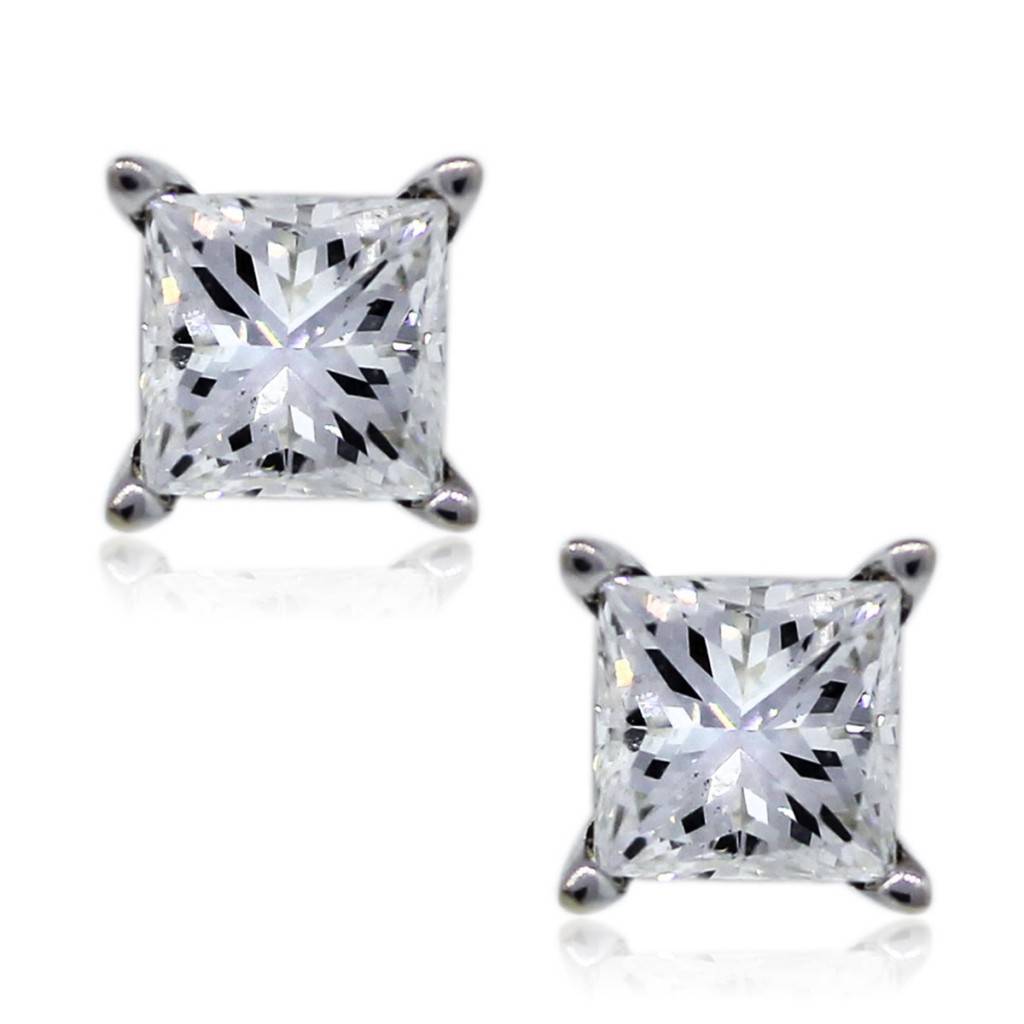More Diamonds in Space?

At the American Astronomical Society Division for Planetary Sciences conference in Denver, research was presented about other planets containing diamonds. These planets’ atmospheres contain the right temperatures and pressure to have carbon in the form of diamonds, according to Mona Delitsky of California Specialty Engineering in Pasadena California, and also Kevin Baines of the University of Wisconsin-Madison.
Neptune and Uranus were previously thought to contain “hypothetical diamonds” but now calculations are suggesting that Saturn and Jupiter also contain them. They are thought to be denser than the diamonds that are found on earth. It is assumed that they would look like our diamonds. These are based completely on theory. No spacecraft has found, photographed or collected diamonds from these planets to date.
Temperature and pressure allow different substances to enter different physical states. Just like water becomes ice at 32 degrees Fahrenheit, it also becomes vapor at 212 degrees Fahrenheit. These are typical pressures for the surface of the earth.
Carbon is able to take more than just one form as a solid. At low pressures and low temperatures, carbon is like graphite, which is the substance in pencils. When carbon is turned into diamonds, the conditions must be much more extreme. This is chemically the same as graphite, but stronger because the atoms are bound together tightly.
Methane molecules consist of one carbon atom surrounded by four hydrogen atoms. Scientists know that methane, another form of carbon, is in the atmosphere of Saturn, Jupiter, Neptune and Uranus. In a Nature study in 1981, Marvin Ross found that Uranus and Neptune have deep interiors that contain methane. At higher temperatures, these are converted into elemental carbon. Because of these temperatures and the extreme pressure conditions, they would allow carbon to be formed into diamond.
Simulations for these extreme conditions on other planets, called shock-wave experiments, have shown the temperature and pressure extremes of the forms of carbon. These insights are combined with what information we already have about these planets.
Although the area in question is far enough down that it cannot be observed with a spacecraft, we do know that the centers of Jupiter and Saturn would definitely melt diamond, while the cores of Uranus and Neptune are cold enough that it would remain solid. Delitsky believes that there could be hand-sized diamonds on these planets, but the calculations have not been performed yet. She believes that there could be as many as 10 million tons of diamonds on Saturn.
There are scientists who are not involved in the study that are skeptic. They believe that we aren’t even close to understanding the composition and makeup of Saturn and Jupiter. These two planets alone are 100 and 300 times the size of earth. Some believe that if there are in fact diamonds, they would be iceberg-sized rocks. They claim that these would fall so quickly towards the interior of the planet that the outer layers of carbon would be depleted. This would cause an atmosphere not rich in carbon. This is known not to be the case.
There are no diamond space missions planned in the near future, but we do know a bit more about whether or not they exist on these planets. In 2016, the Juno spacecraft will be sent to Jupiter and in 2017, the Cassini spacecraft sill go to Saturn. They will then collect information about gravity and magnetic fields on these planets. They won’t be able to explore for these potential diamonds, but they will have information about the changes in density.
Hopefully in the future, ambitious explorations of these planets will help us get more information about the theories for diamonds in space.
Related articles






